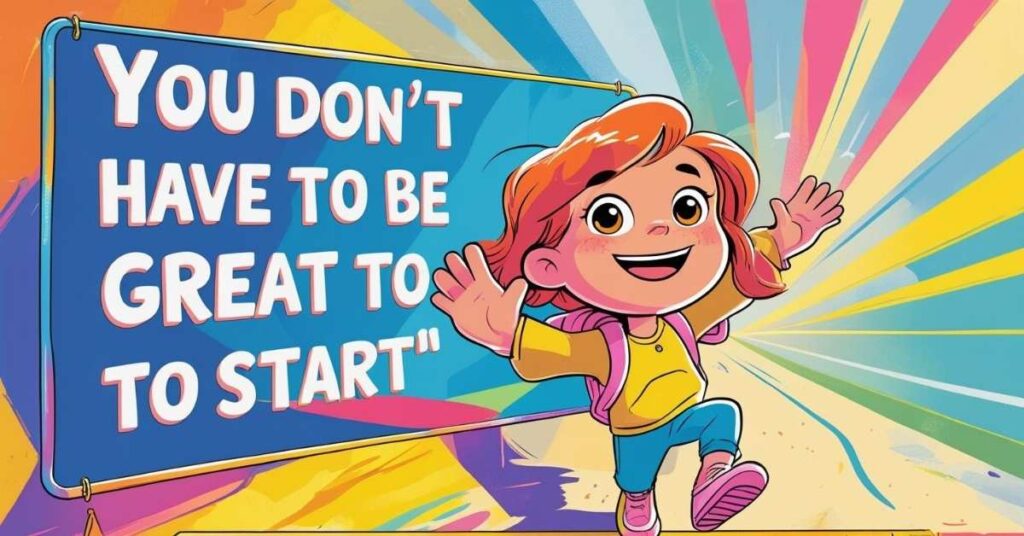If you’ve ever stared at a blank timeline, a wobbly character sketch, or a smooth piece of someone else’s animation and thought, “Who am I kidding? I’m not an animator”—you’re not alone.
That heavy, creeping voice that tells you you’re not good enough? That’s called imposter syndrome, and it loves artists. But here’s the truth: you don’t need to be amazing to start animating. You just need to start.

What Is Imposter Syndrome?
Imposter syndrome is that nagging feeling that you don’t belong. That your work isn’t real. That one day someone’s going to “find you out” and expose you as a fraud. It happens to beginners and professionals—especially in creative fields.
Animation can make this worse. Why? Because you’re watching other people’s polished reels on loop. You’re comparing your behind-the-scenes mess to their final cut.
It’s like comparing your sketchbook to a movie poster. You’re seeing two different stages of the journey.
Start Ugly, Start Anyway
I remember the first time I tried animating a walk cycle. The feet floated, the hips wobbled like jelly, and the timing was a disaster. I almost quit. But then I realized: no one starts smooth. You have to walk through the awkward to get to the confident.
You don’t build skill by waiting to feel ready. You build it by showing up, messing up, and doing it again tomorrow.
As author and cartoonist Austin Kleon says:
“You can’t find your voice if you don’t use it.”
Tips for Animating Through Self-Doubt
- Lower the bar. A lot. Don’t animate a Pixar scene on day one. Animate a bouncing ball. Then give it googly eyes. Make it sneeze. Have fun.
- Separate practice from performance. Not everything needs to be shared. Some animations are just for learning.
- Follow people who show their process, not just their results. Look for animators who post rough passes, failed attempts, or daily sketches.
- Track your progress, not perfection. Keep a folder of your early animations. Six months from now, peek back—you’ll be shocked at the growth.
- Talk to other learners. Join communities where people post messy, honest work. (Try Toon Boom Forums or r/learnanimation.)

Your Worth Is Not Tied to Frame Rate
You are not your keyframes. You are not your drawing accuracy. You are not the number of views or likes on your last loop.
You’re someone who dared to try something hard and weird and beautiful. That already makes you a real animator.
So pause. Take a breath. And make something that’s delightfully rough. You can clean it up later.
Here’s something that might help on your animation journey…
Sources
- Austin Kleon – Show Your Work
A short book and blog about sharing your creative process, not just your polished final product. - APA – Feel Like a Fraud?
Psychological research on imposter syndrome and tips for reframing your self-doubt. - Reddit – r/learnanimation
A helpful, low-pressure community where beginners share progress and ask questions.




























